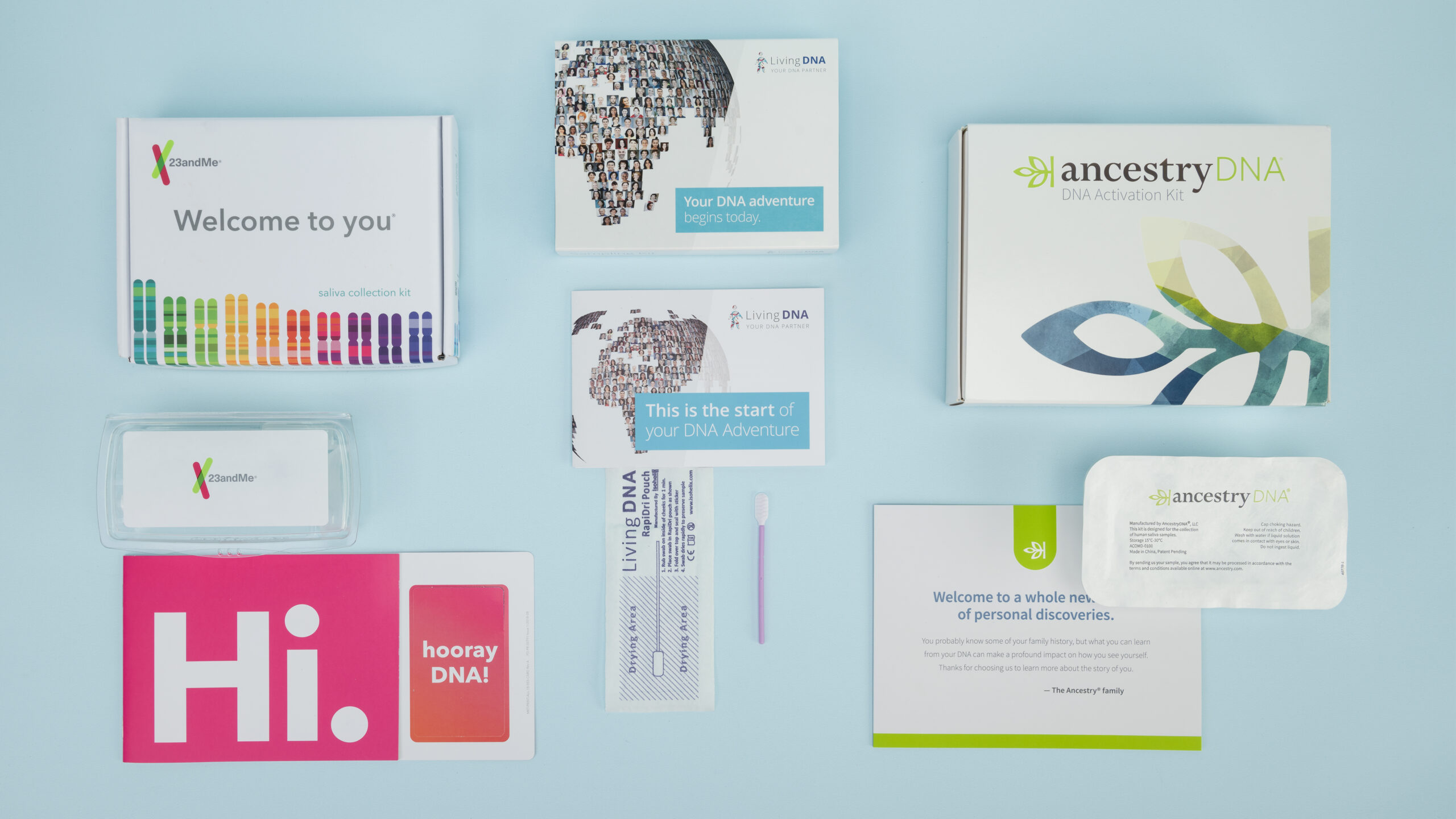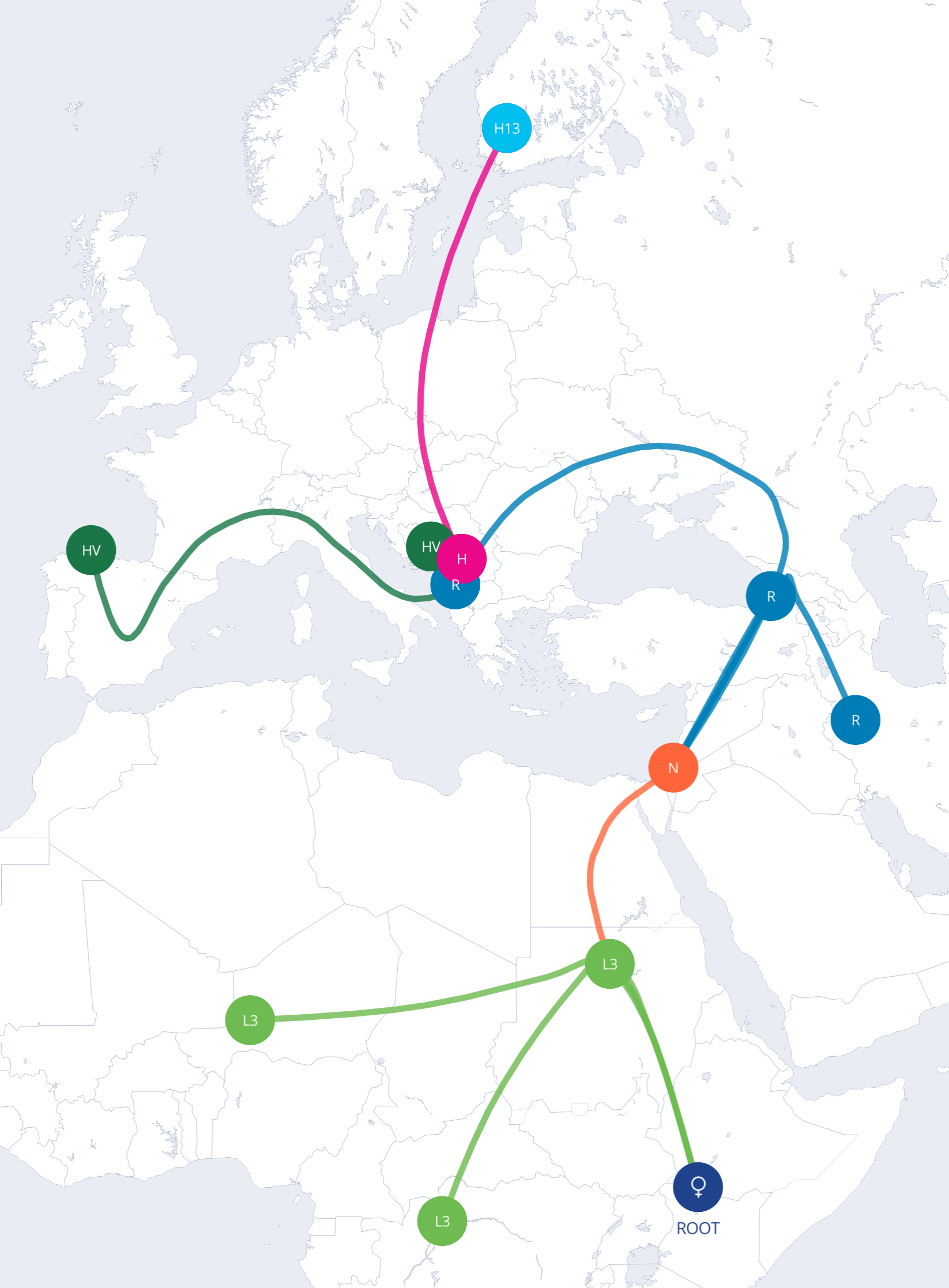
In This Article
In This Article
Curious ads claim a cheek swab can reveal whether you’ll struggle with alcohol or opioids. The idea is tempting, but addiction is woven from genes and life experience. This guide shows you what today’s DNA tests can—and cannot—tell you, and points you toward practical ways to stay ahead of risk.
Know Your DNA Reviews

Don't miss out on the opportunity to learn more about yourself. Read our best DNA test page to find the best one for you.
Addiction is a long-lasting brain disorder where cravings overrule consequences. Drugs or alcohol flood reward circuits, then dull them, driving people to chase the same high despite harm.
Imagine your DNA as a pressure gauge for vulnerability. Many genes tweak how intensely your brain responds to substances, but none pull the trigger alone. Polygenic risk scores add thousands of variants together, yet they explain only a small slice of who actually develops a substance use disorder.
Early trauma, stressful jobs, peer influence, and mental-health struggles can “turn up” or “turn down” those genetic pressures. Identical twins raised in different settings often diverge in substance use because environment edits the way genes work.
Think of a DNA chip like a grocery barcode scanner: it sweeps across hundreds of thousands of genetic “codes” and flags small differences in seconds. Kits look for single-letter changes (SNPs). A well-known SNP in ALDH2 can cause alcohol flush, while one in OPRM1 tweaks opioid response.
Most kits read only a fraction of the variants linked to addiction, and they ignore environment entirely. The first FDA-authorized opioid-risk test checks 15 variants and still predicts misuse only slightly better than flipping a coin. A “low-risk” result may lull users into false confidence, while a “high-risk” flag can spark needless fear.
If you’d like a fuller picture of what consumer genetics can (and can’t) do, explore our step-by-step guide to genetic testing.
You may process certain drugs differently, so exposure under stress could raise risk. Use that heads-up to plan safeguards, such as choosing non-opioid pain relief or delaying alcohol use.
Average DNA isn’t armor. Social circles, coping skills, and mental health still steer outcomes, so stay alert to early warning signs of problematic use.
Share any addiction-related result with a physician or genetic counselor. They can fold in family history, medications, and mental health. For tips on turning raw reports into action, see our article on making sense of 23andMe health results.
A frank chat with relatives often reveals patterns that a lab report misses. If close kin have struggled with alcohol or drugs, you know extra vigilance is wise.
DNA files can reveal sensitive health clues. Learn how to safeguard raw data in our overview of privacy in ancestry DNA testing.
Genes nudge, but environment decides. Even with risk variants, healthy coping skills and early support can keep addiction at bay. Use DNA results as one compass point—then steer with informed choices and professional advice.
Know Your DNA Reviews

Looking for a DNA test that's accurate and can tell you about your health and heritage?
